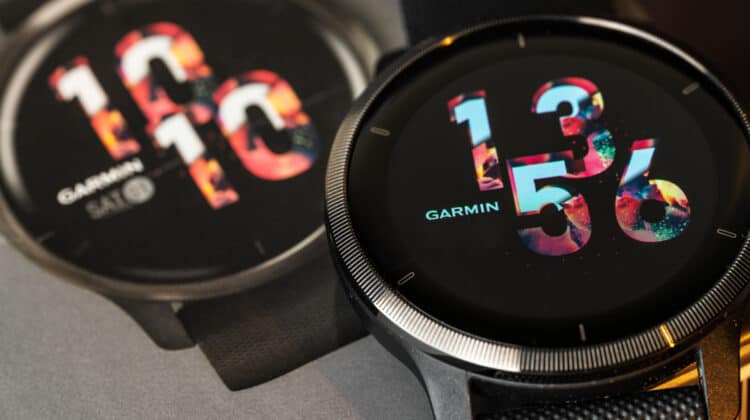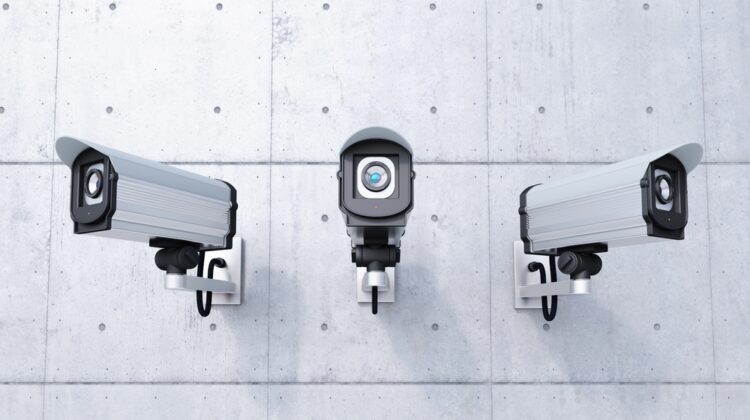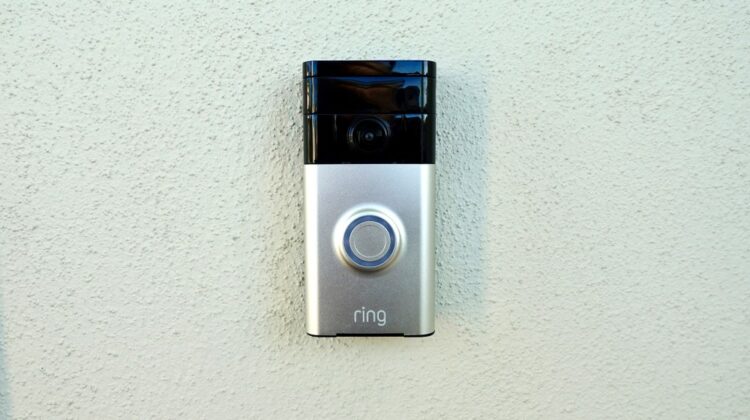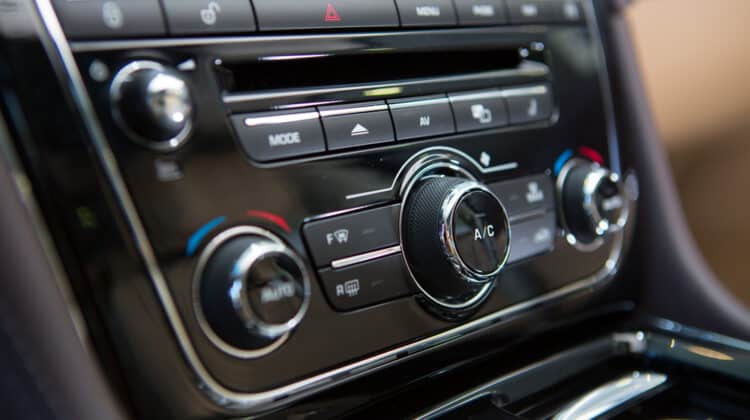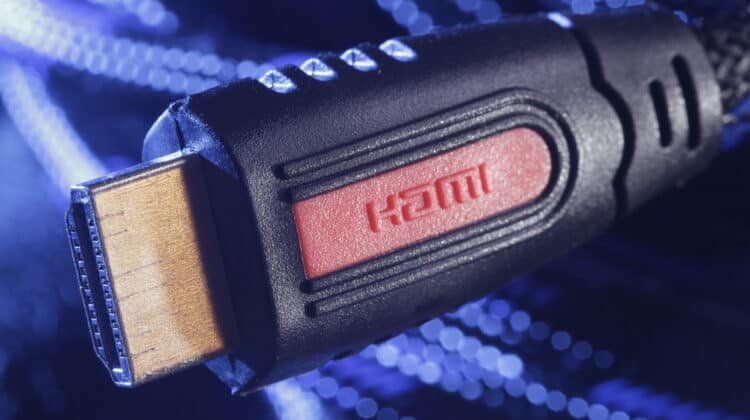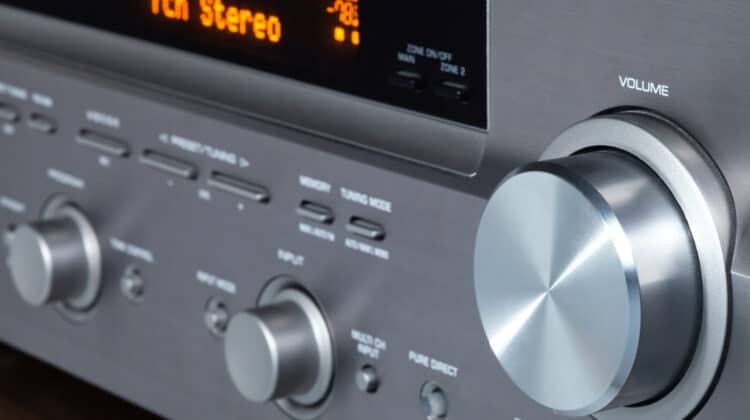
Smartphones replaced standard phones, and smartwatches are looking to do the same for traditional watches.
In some cases, a smartwatch can even replace a smartphone.
However, buying your first smartwatch is usually an expensive venture.
Why Are Smartwatches So Expensive? (10 Reasons)

The average price of a smartwatch is around $250 with even more expensive models costing over $400.
Smartwatches are expensive because of the various features they include that drive up manufacturing costs, the brand name associated with the watch, their sophisticated software costs, and their bands which are often considered “collectibles.”
Let’s look at these factors in more detail.
1. GPS Costs

One of the benefits of owning a smartwatch is that they’re typically built with GPS in them.
With a simple click on one of the watch’s apps, you can see a map showing where you are.
This makes navigation quite easy whether you’re driving, walking, or riding a bike.
The GPS updates in real-time, so you know exactly where you are at any given point.
Having a GPS on your watch rather than on a phone or a dedicated GPS device is beneficial since it means you don’t have to carry much else with you.
For example, if you’re riding a bike, then it can be difficult to keep an eye on a map while riding.
With a GPS on your watch, you only need to look at your wrist to determine where you are.
Including a GPS on a smartwatch isn’t cheap, however.
GPS technology isn’t cheap.
Adding the technology raises the cost of manufacturing the smartwatch which increases its price.
In addition, because of the value that GPS brings to smartwatches, people are more likely to buy them.
Even if they have to pay more for the smartwatch, some people are willing to do so because the presence of a GPS is worth the price.
Smartwatches are expensive because some contain GPS systems which can be expensive to develop.
2. Battery Development Costs And Research Costs

Smartwatches run on batteries.
They’re not typical watch batteries either.
Most smartwatches come with some sort of charging hub or wire that you use to charge them.
Because it’s a bit difficult to charge a smartwatch and not everyone wants to carry their charging station with them, developers have to find a way to extend the battery life.
With an improved battery, the smartwatch can run for hours before needing a charge.
Smartwatches are operational all the time.
Even if you don’t have an app running or you’re not calling anyone, a smartwatch is keeping track of the time.
It’s performing its primary function 24/7.
As such, the battery is always in use.
To ensure customers are able to enjoy their smartwatches without the watch dying quickly, manufacturers have to keep researching and developing new longer-lasting batteries.
By offering a battery that lasts longer than previous options, companies can attract more customers to their particular smartwatches.
However, better batteries typically cost more to make.
They might be made of advanced materials that are more expensive to source.
With higher manufacturing and research costs, smartwatches become more expensive.
Smartwatches are expensive because researching and developing better batteries make manufacturing costs higher.
3. Waterproofing Materials

Because of the sensitive materials and electronics housed within a smartwatch, it’s important that it’s waterproof.
Otherwise, water can seep into the watch and damage the delicate electronics.
In order to protect the electronics, the manufacturers have to use waterproof materials on the exterior of the smartwatches.
Ensuring water can’t seep into the watch keeps the electronics safe.
Some waterproofing materials can be quite cheap.
However, because expensive smartwatches blend style with function, they tend to be made of more expensive materials.
They might be made from a more expensive type of plastic, for example, instead of standard plastic.
Waterproof smartwatches are also very valuable from a consumer’s perspective.
For example, for those who wear the watches for outdoor exercise, there’s always a chance that they might be on a run or biking and suddenly find themselves in a downpour.
If their smartwatch wasn’t waterproof, then there’s a chance that it might become damaged.
All it takes is a bit of water to cause some electronics to short.
Considering these watches typically cost a few hundred dollars at least, the high cost seems like a waste if they are susceptible to water damage.
As such, consumers tend to be willing to pay more for a smartwatch that has waterproofing features.
Smartwatches are expensive because waterproofing them can make them a bit more expensive to manufacture.
4. Durable Materials

Expensive smartwatches aren’t only waterproof.
They’re also usually quite durable.
That’s because most watches tend to undergo a bit of abuse while being worn.
Because watches sit on your wrist, they’re subject to a lot of dings.
You use your hands to perform many actions.
Everything from eating to opening a door could be a chance to damage your smartwatch.
You might end up with some food on your smartwatch, for example.
You might end up running your wrist into a door and having the watch take the brunt of the abuse.
Either way, a smartwatch has the potential of becoming damaged due to its location on your wrist.
To ensure the smartwatch lasts through abuse, manufacturers tend to use more expensive materials to make the watch durable.
This ensures that even if you end up banging the watch against a door, wall, or something else, it comes out unscathed.
In particular, durable materials are used to ensure that the glass face doesn’t get scratched.
The durability makes smartwatches expensive for a few reasons.
The first is that it tends to come with higher manufacturing costs.
Since these watches are more expensive to make, they are also more expensive to buy.
Secondly, it means that smartwatches last longer.
Since people aren’t buying smartwatches to replace broken ones as often, it means the manufacturer isn’t making as many sales.
As a result, the manufacturer has to put a high price on the smartwatch initially to make it worth its while.
Finally, a smartwatch that can take abuse has value to a consumer.
They tend to be willing to pay more for a smartwatch that won’t break if an accident happens.
Smartwatches are expensive because they’re durable.
5. Brand Name

The brand name of the smartwatch can certainly play a role in its price, too.
There are some well-known electronics brands that make smartwatches.
Samsung, Apple, and Sony are just a few of them.
The problem with well-known brands is that their prices tend to be more expensive than unknown or generic brands’ prices.
A large part of that is because the brand has spent a lot of time building its reputation.
Since people trust the brand to deliver high-quality products or take care of them if its products don’t hold up, the brand is able to put higher prices on its products.
Companies know that people are going to be willing to pay a higher price because buying from a well-known brand name is less risky financially.
If you see a smartwatch from a well-known brand, then it’s probably going to be on the expensive side.
Smartwatches are expensive because brand-name watches tend to be pricier than those made by generic brands.
6. Sophisticated Software

A smartwatch is essentially a small computer on your wrist.
You’re able to perform various functions on it.
You can call someone, access third-party apps, use it as a GPS, and even have it double as a fitness tracker.
Not all smartwatches have the same features, however.
Some might have GPS and fitness tracking, for example, but they might not have third-party apps.
Others might have third-party apps and calling features, but they might not have fitness-tracking capabilities.
The more advanced the smartwatch is, the more software it can handle.
This makes it expensive because software can be expensive to develop.
It requires engineers to code new programs and ensure the code continues to remain functional.
Since coding is a challenging process, software developers tend to be quite expensive to hire.
The more advanced the software is, the more expensive it is to develop.
Since development costs are high for smartwatches, the price that customers must pay is also high.
Smartwatches are expensive because they use software that can sometimes be expensive to develop.
7. Collectible Bands

While some might consider smartwatches themselves collectibles, others are in it for the bands that connect to smartwatches.
Some companies, like Apple, produce smartwatch bands that are either limited in production or feature some unique trait.
The bands might use a special type of material like leather or have a rare pattern.
Whatever the gimmick is, there are some smartwatch bands that are considered more collectible than others.
As such, collectors will try to get their hands on new collectible bands as soon as they are released.
This makes smartwatches expensive because if you’re a collector, then you may be paying a lot of money for the bands.
Some people take their smartwatch fashion seriously.
They might have bands for different occasions or seasons.
Since they’re continuing to buy bands, they’re continuing to invest in their smartwatch.
Smartwatches are expensive when the bands are considered collectible which can lead to increased spending on them.
8. Replacement For Smartphones

Smartwatches can, in many cases, replace a smartphone.
Some of them have the ability to receive and send calls.
As such, you don’t need your phone in order to contact someone.
Other smartwatches come linked to some sort of smart assistant.
The assistant “listens” to your voice, generates it into text, then sends your message.
Smartwatches also often have the same type of access to third-party apps as smartphones.
Because they essentially do the same thing as smartphones, you could technically replace a phone with a watch.
They tend to be more convenient, too, since they are on your wrist rather than in your pocket.
You may not always have a pocket available, but your wrist or belt is always there.
Manufacturers realize this which is why they make smartwatches about as expensive as some smartphones.
The two items are interchangeable in some senses.
For some people, being able to replace their smartphone with a smartwatch makes the watch more valuable to them.
Smartwatches are expensive because they can virtually replace your smartphone.
9. Small Size
![]()
Smartwatches are small and designed to fit perfectly on your wrist.
Even the larger versions of smartwatches are still smaller than a standard smartphone.
The reason this makes smartwatches expensive is that it requires work from developers and manufacturers to make the electronics tiny.
The smartwatch has to have all, if not most, of the power and features of a smartphone, but it needs to do so on a small scale.
That often means that companies need to use higher-quality materials.
It has to do more with less.
Since the manufacturing process is more complex, the price of the smartwatch is more expensive.
10. Labor Costs

A final reason smartwatches are expensive is because of labor costs.
Smartwatches are expensive both on the manufacturing end and on the software development end.
Because the smartwatch market is also quite competitive, marketing costs can also be quite high.
Since labor costs are high, the price of the smartwatch is high.
The company has to offset labor costs.
Smartwatches are expensive because labor costs tend to be on the higher side.
NEXT: Why Are Fitness Trackers So Expensive? (10 Reasons)



